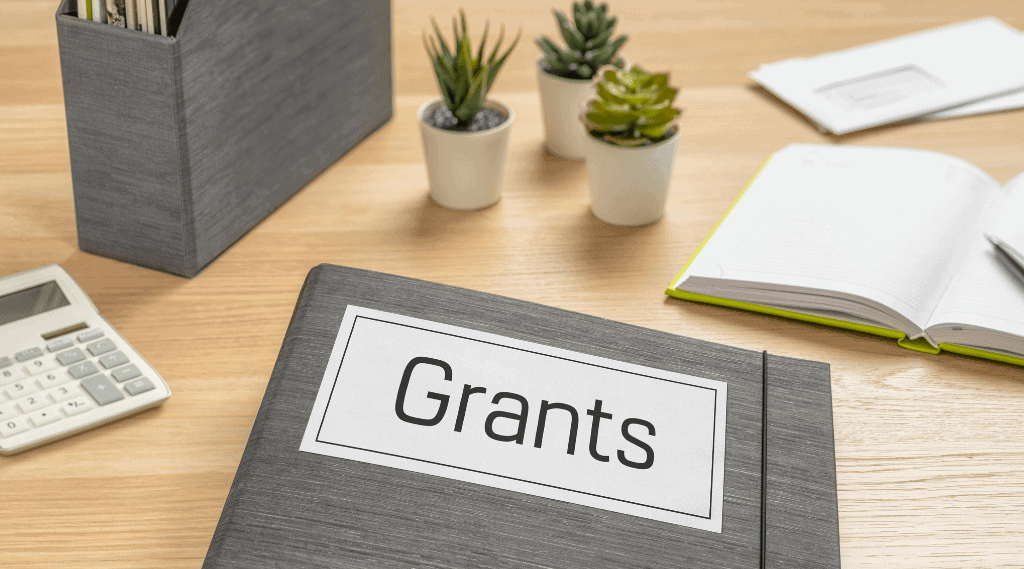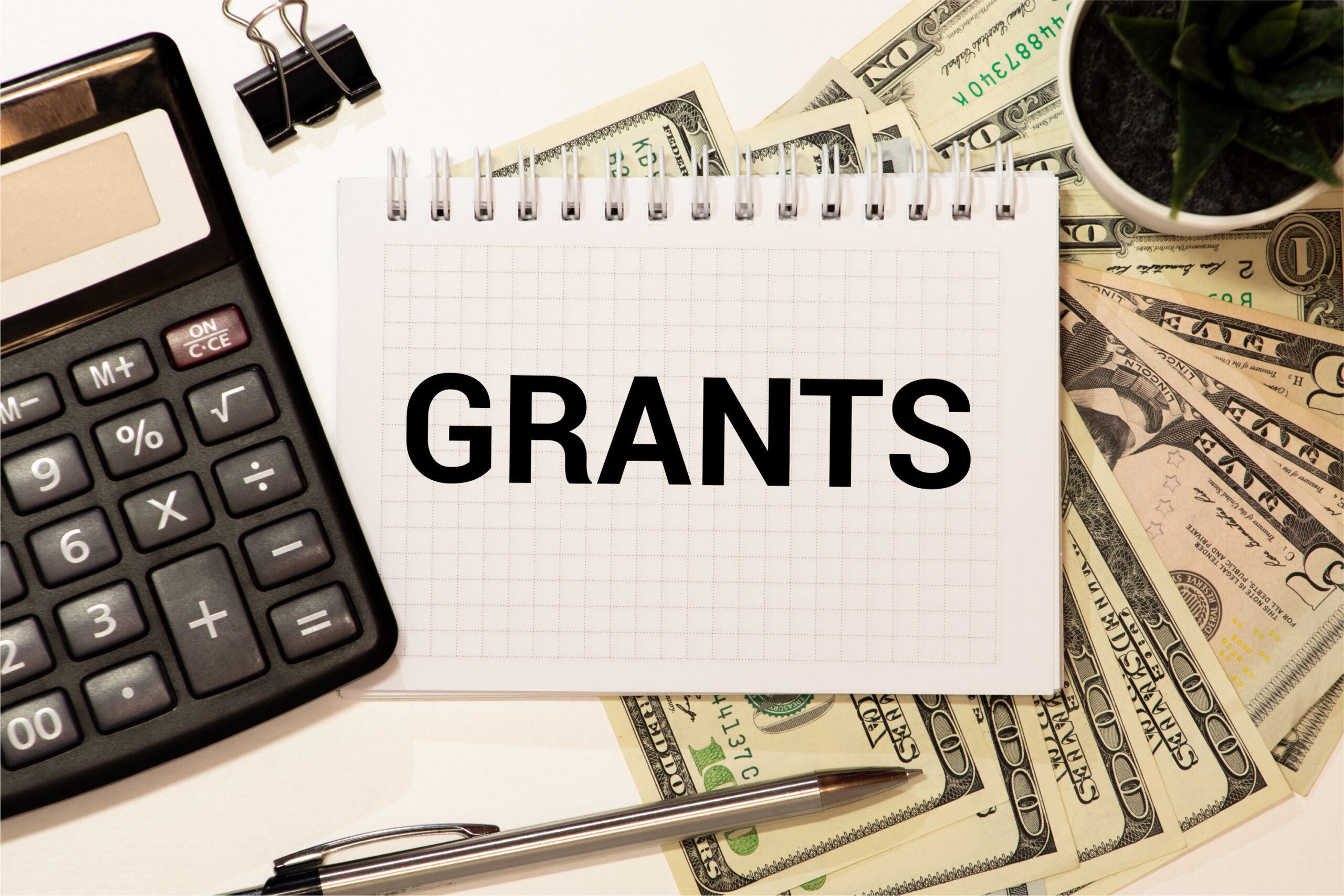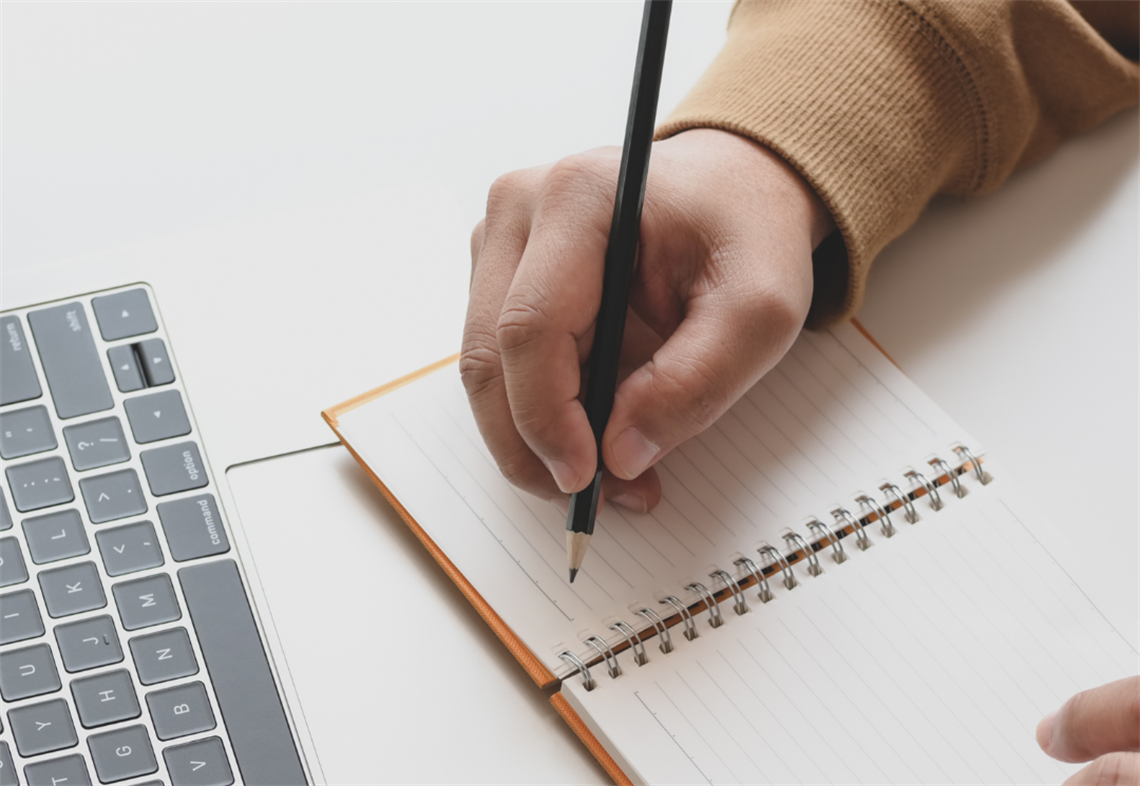Grant writing can seem like a big mountain to climb, but I’ve learned that a few clear, friendly tips can make the process a lot less intimidating. I’m excited to share my top 10 tips for beginners that have helped me, and I hope they can help you too.
These tips cover everything from understanding what funders are looking for to making sure your proposal speaks clearly and honestly about your goals.
Writing a grant proposal isn’t just about filling out forms—it’s about telling a story that connects your passion with the funder’s mission. When you get it right, it can open doors to opportunities you might have only dreamed about.
1. Know Your Audience
Before you put pen to paper, it’s important to understand the people or organizations who will read your proposal. I always start by researching the funder’s mission, values, and past projects.
This way, I can tailor my proposal to show that my project is exactly what they are looking for. Funders appreciate when I demonstrate that I’ve taken the time to understand their priorities.
For more on how to research funders, check out Grants.gov which offers great insights into different grant programs.
Just Before You Go
Empower individuals to overcome barriers, gain essential skills, and secure gainful employment through our proven programs—KeelMaster, KeelWings, and KeelMate. Your support can spark change and build brighter futures.
Donate Now2. Start with a Clear Outline.
A well-organized proposal makes a strong first impression. I like to draft a simple outline that covers all the key sections: an introduction, a description of the problem, my proposed solution, and a budget breakdown.
This outline acts like a roadmap, ensuring that I don’t miss any important details. A clear structure not only helps funders follow my proposal but also keeps my writing focused and concise.
3. Tell a Compelling Story.
Numbers and data are important, but they only tell part of the story. I find that sharing a real-life story or a personal experience that connects with my project can make the proposal much more engaging.
For example, if my project helps local communities, I include a short story about someone who has benefited from similar programs in the past. This approach makes the need for funding feel more immediate and real.
4. Follow the Guidelines.
Every grant has specific instructions, and I always make sure to follow them to the letter. Missing a single requirement can be the reason a proposal gets rejected. I double-check the guidelines and even have a checklist to ensure I meet every criterion. This attention to detail shows funders that I’m serious and professional in my approach.
If you ever need a refresher on how to navigate guidelines, Candid Learning is a helpful resource.
5. Be Specific with Goals and Outcomes.
Clarity in your goals and what you expect to achieve is key. I write down clear, measurable outcomes that explain how the project’s success will be evaluated. Funders want to see that I have thought through the project’s impact and can demonstrate tangible results.
For instance, instead of saying “improve community health,” I might specify “increase local health screening participation by 25% over one year.” Being precise builds confidence in my proposal.
6. Create a Realistic Budget.
I know that money matters and a realistic budget can be the backbone of a strong grant proposal. I spend a good amount of time working out every detail—staff time, supplies, and even unexpected costs.
I always make sure my numbers add up and that every expense is justified. A well-detailed budget reassures funders that I’m organized and that I’ve done my homework.
For some practical budgeting tips, the Grants Management Resource Center is a resource I often turn to.
7. Write Clearly and Simply.
There’s no need for fancy words or overly complex language. I aim for clear and simple writing that anyone can understand. My goal is to be as straightforward as possible, making sure my message is accessible to a wide range of readers. When I simplify my language, I also reduce the risk of misunderstandings and keep my proposal focused on what really matters.
8. Edit and Revise.
After I finish my draft, I take a break before coming back to review it. This break helps me see mistakes or areas that might need clarification. I often ask a trusted friend or colleague to read through my proposal as well—they might catch things I’ve missed. Editing is not just about grammar; it’s about refining my ideas until they shine.
9. Start Early.
One of the biggest lessons I’ve learned is that time is a crucial ingredient in grant writing. Rushing usually means missing details or not fully developing ideas. I always set aside plenty of time before the deadline to brainstorm, write, and revise. Starting early gives me space to think, research, and polish my proposal without the stress of last-minute changes.
10. Use Available Resources,
There’s a wealth of free resources out there that can help you improve your grant writing skills. I’ve found online tutorials, webinars, and sample proposals incredibly helpful. In addition to the links mentioned earlier, sites like GrantSpace provide a range of tools and tips specifically for beginners. I encourage you to explore these resources to build your skills and confidence.
FAQs
How do I know which grant is right for my project?
I recommend spending time researching different grants to see which ones align with your project’s goals. Look at past recipients and the funder’s mission to decide if it’s a good match.
What if my proposal gets rejected?
Rejection can be discouraging, but it’s also an opportunity to learn. I review feedback carefully and adjust my approach for the next application. Persistence is key.
How detailed should my budget be?
Your budget should be as detailed as possible. List every expense, justify each cost, and make sure the numbers are realistic. This shows funders that you’ve thoroughly planned your project.
Can I use templates for my proposal?
Yes, templates can be a great starting point. They help you structure your proposal properly. However, always customize them to fit the specific requirements of the grant and your project.
Further Resources
If you’re looking for more guidance on grant writing, I’ve compiled a few resources that have been valuable to me:
- Grants.gov: This is a primary source for federal grant opportunities in the United States.
- Candid Learning: Offers workshops and online courses that can help sharpen your grant writing skills.
- GrantSpace: Provides tools, sample proposals, and a community for sharing ideas and experiences.
- Foundation Center: A great resource for researching private grant opportunities.
These websites offer detailed information, sample proposals, and even forums where you can ask questions and learn from others who have been in your shoes.
Conclusion
Grant writing can be a rewarding skill to learn, especially when you see your project come to life with the right funding. I hope these tips help you feel more confident about starting your grant proposal.
Every grant application is a chance to tell your story and share your vision with funders who are looking to make a difference. What tip will you try first to give your grant proposal the boost it needs?
Just Before You Go
Empower individuals to overcome barriers, gain essential skills, and secure gainful employment through our proven programs—KeelMaster, KeelWings, and KeelMate. Your support can spark change and build brighter futures.
Donate Now



